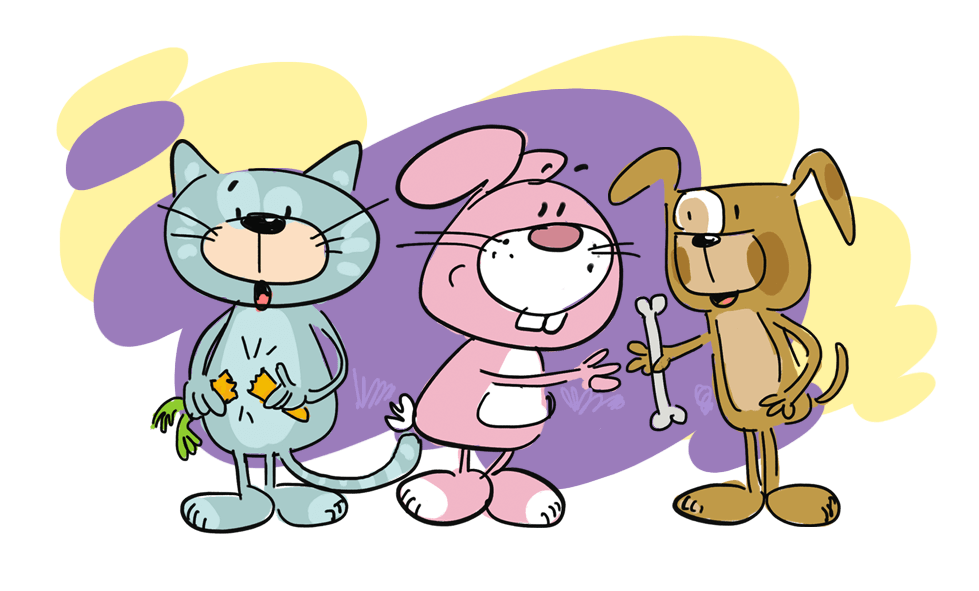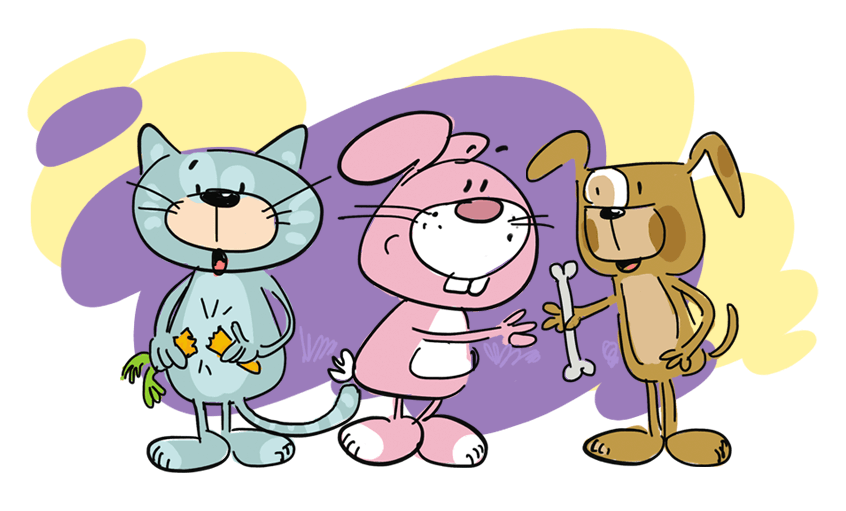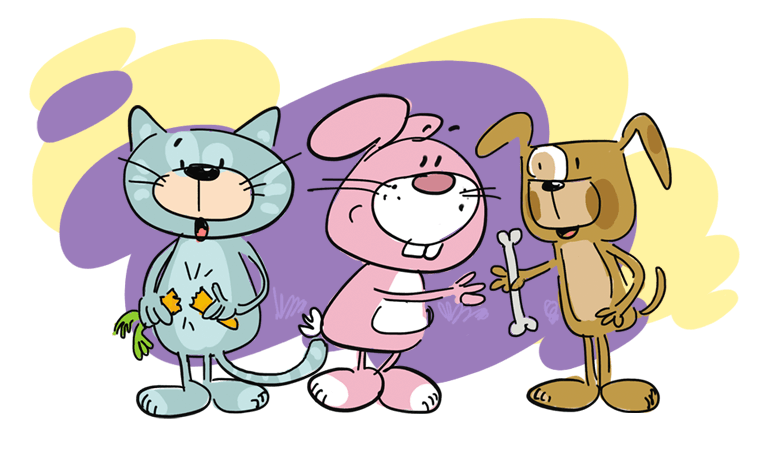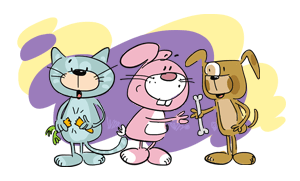Loans and debts,
or what responsibility is all about
Goal: instil an attitude of responsibility, making the children realise the need to respect rules and the consequences of breaking them




We teach children from birth that they should share. We explain that if they took something, then they should give it back; if they hurt someone, they should apologise and make up for it. In answer to the question “why” we usually say “because that’s what it takes”, “because it’s right / wrong”. We forget that kids aged 8–9 do not understand reasoning, which relates to morality. They perceive the world in the form of rules, which they understand literally – if they apply to children, then they also apply to adults and there are no exceptions. If we intend to talk to children about such abstract notions as a loan, debt and responsibility, we must be aware of that.
According to the dictionary “responsibility” is the obligation to be accountable for one’s actions, to take are of someone or something and to compensate for damage or loss caused to someone. This also means that returning borrowed money may also be seen in terms of an obligation.
It would be simplest to tell the child that there is a rule, which says “you took it, you gotta give it back”. We know however that such a “dry rule” will not stay long in the kid’s memory. To change this we must connect it with feelings. Kindergarten age is when having toys, often very specific ones, is important. Moreover parents cannot always afford to buy them. Thus the starting point to the game could be when the kid wants something badly. You can use the tablelink opens in a new window.
Start the game with drawing, writing or cutting from a newspaper something our child envies a friend for, or simply wants to have it very much. Then ask what it can do to get it. The kid may point to several solutions. Focus on two of them in the game: borrowing a toy and taking it without permission. In the last part of the table the child should describe its own, the parents’ and friends’ feelings in each situation. Feelings can be drawn in the form of smileys - happy or not. During the talk it is a good idea to draw the kid’s attention to the situation, in which there will be more pleasant feelings.
Towards the end explain to the child that if people share various things, this means that it too could get something from someone, and return it later. And this is a loan, which involves one more word: responsibility. It means that a borrowed thing, especially money, must be eventually returned.
And what if we accidentally break the toy when plying with it? Then a debt will arise - not only will we have to return the borrowed item but also do something more. What? Repair the damage, buy a new toy, give the child’s parents money to buy a new item, give back your own toy in exchange. There are many ways.
It is similar with money. If someone is short of money at any point in time, they can borrow it from a bank. However you must later return the entire amount borrowed, plus a fee for using the bank’s money.
In order to show the child the practical side of getting a loan, you can use a classic situation during shopping, when the kid suddenly wants something, which is not on the list. Then we can lend it money, with the remark that it will have to pay it back from the piggy bank (if it has one) or work for it (e.g. throw away rubbish for a couple of weeks).
Another effective way to teach financial responsibility in the process of child education is to give up punishments in favour of bearing the consequences. Both ways of reacting by parents are unpleasant for a child, but the latter has one important feature - it is closely related to the broken item or the act, which hurt someone. It teaches children that responsibility is i.a. about repairing what you have done. Even if it takes a lot of effort.
Also stories can help in teaching responsibility:
- “Dziękuję, proszę, przepraszam. Bajki, które uczą” by I. Buszkowski
- “Przepraszam, żabo!” by M. Strzałkowska,
- “Franklin Says Sorry” by C. Brenda and P. Bourgeois.